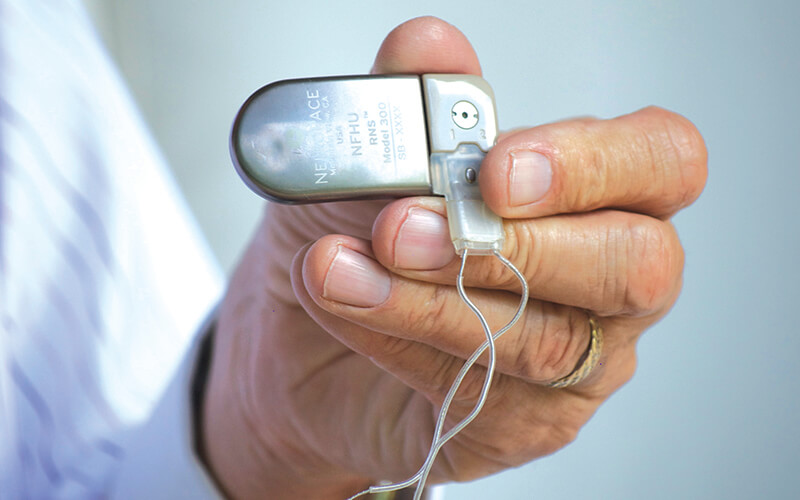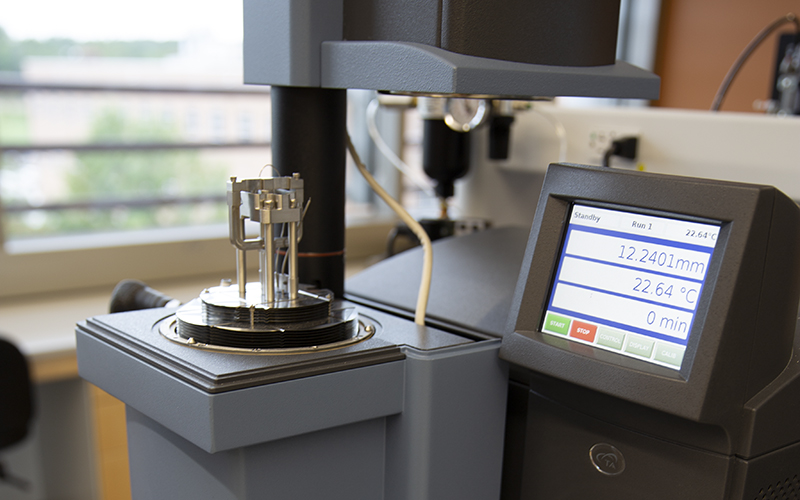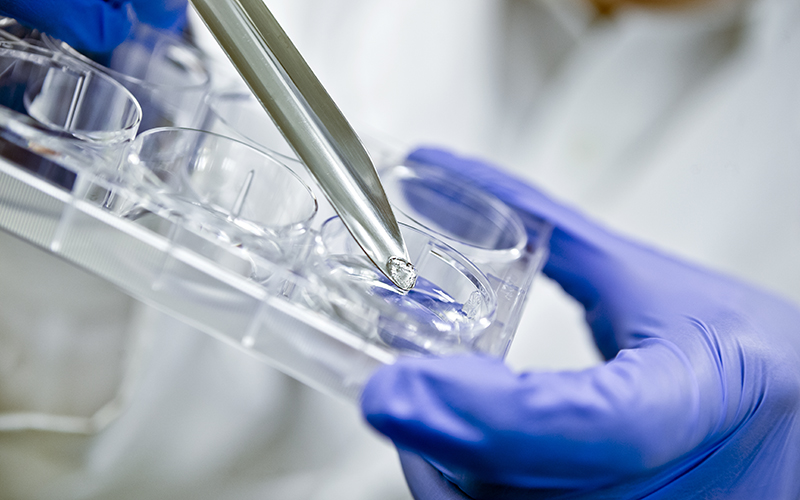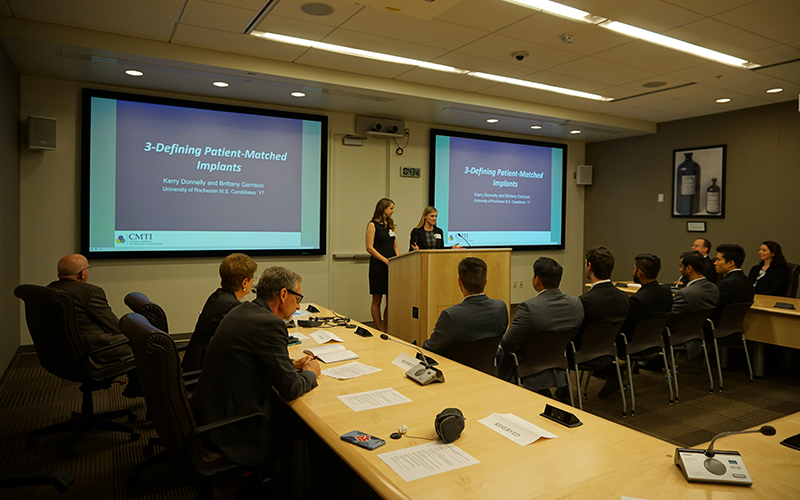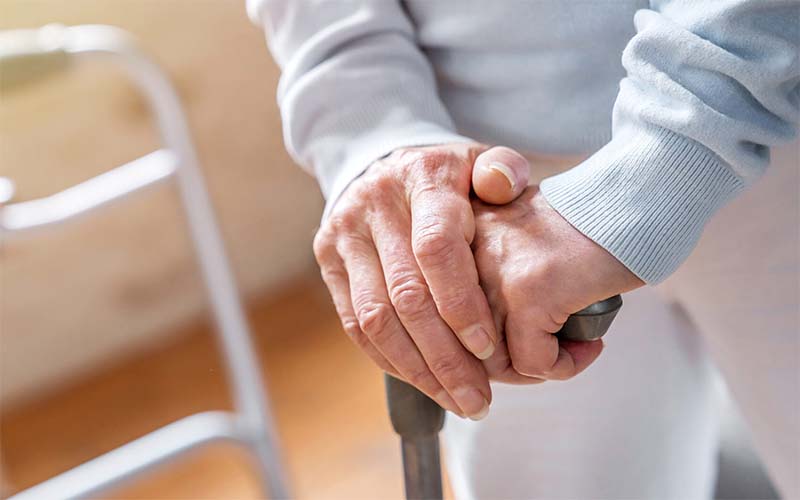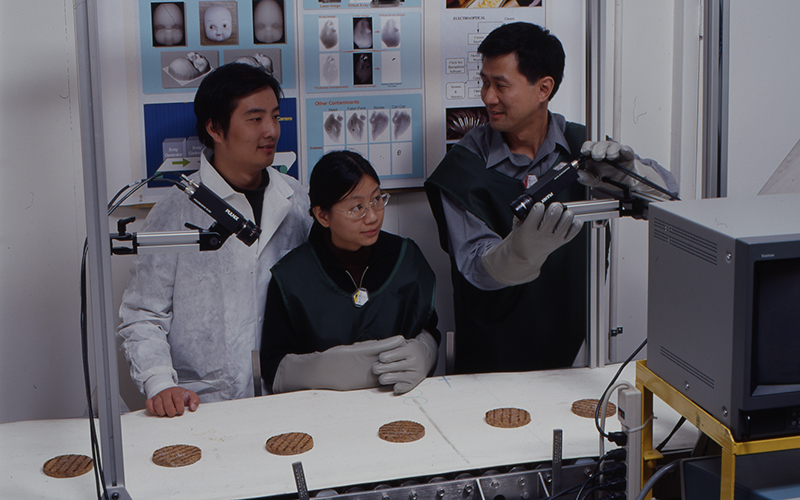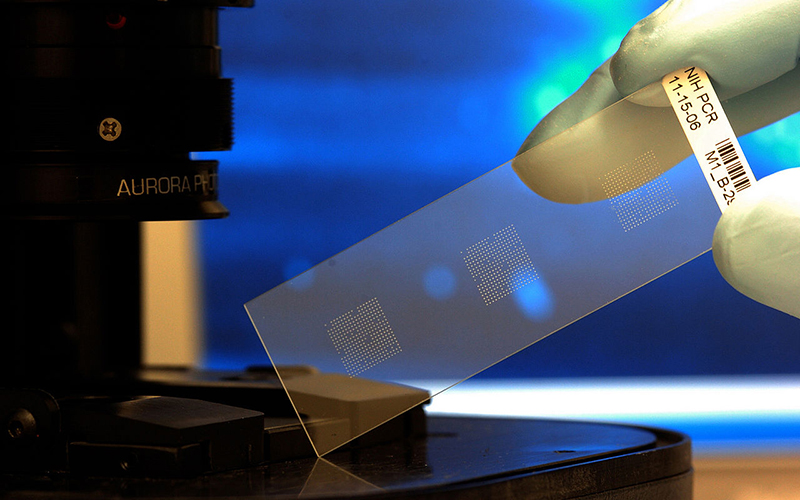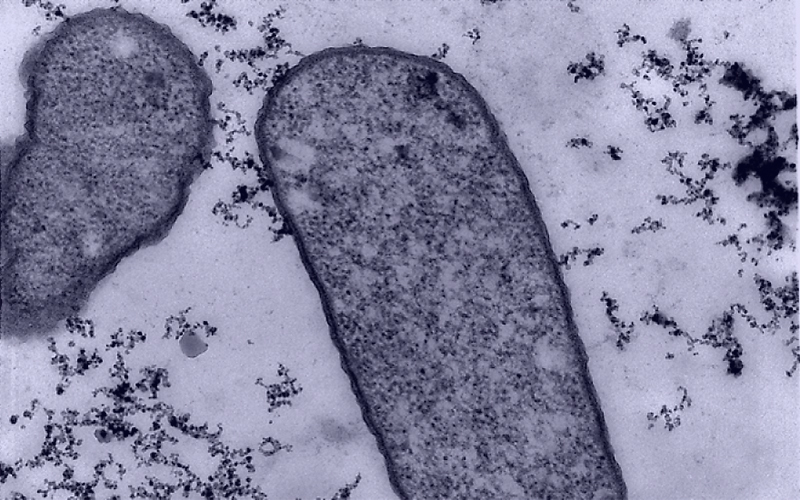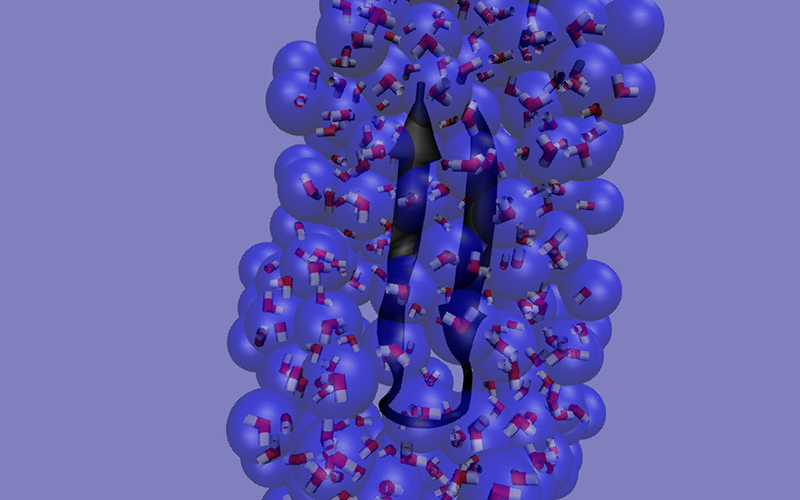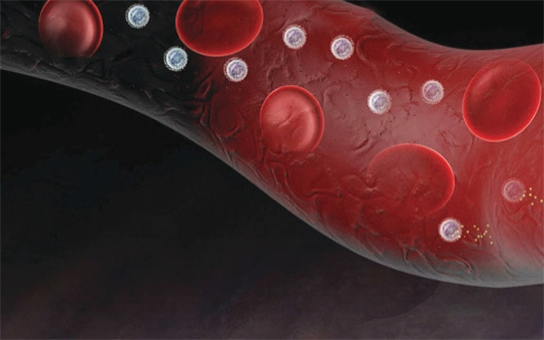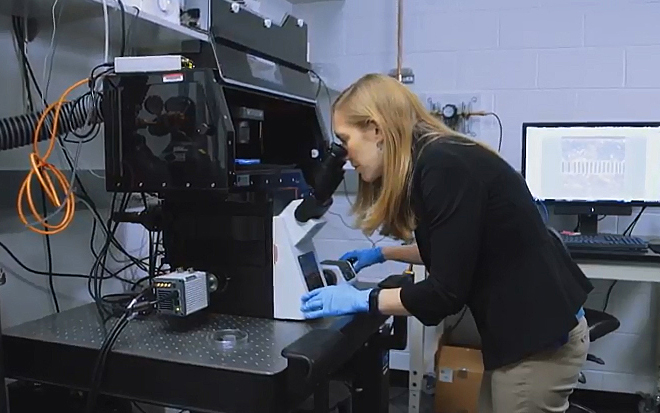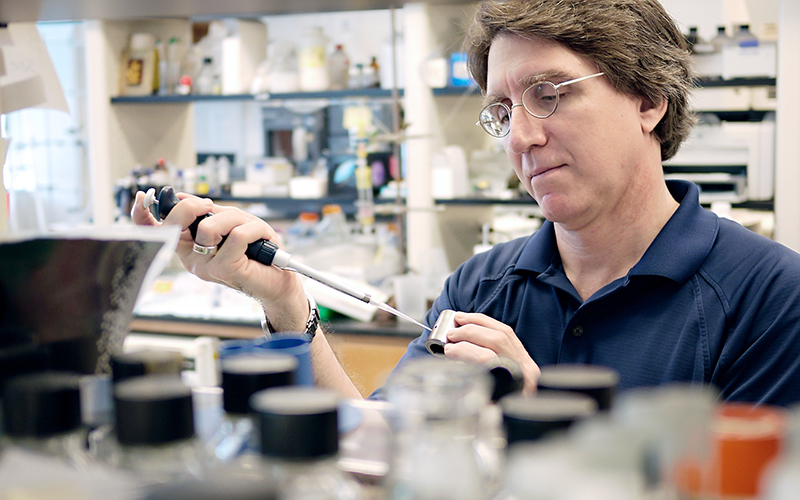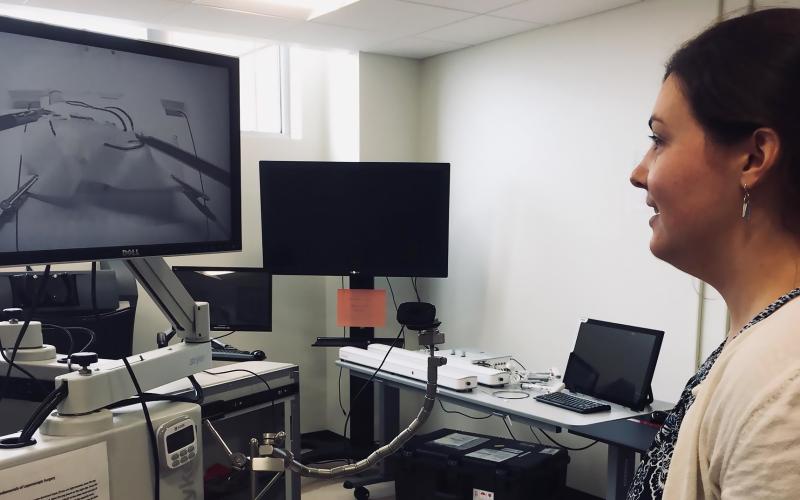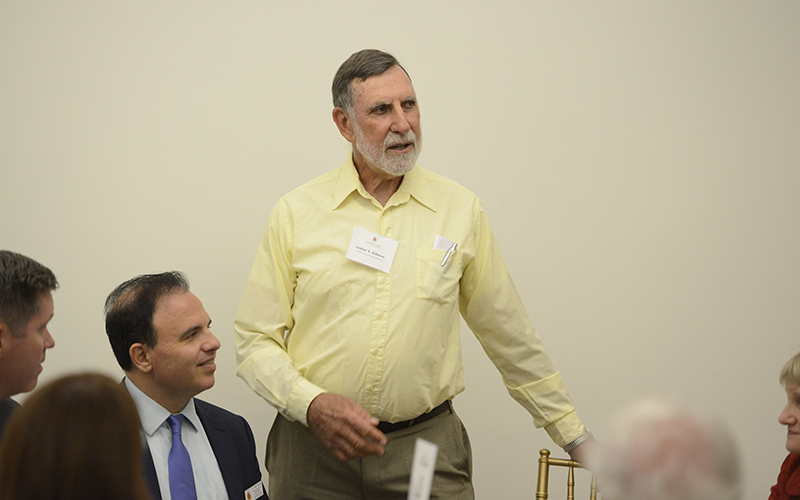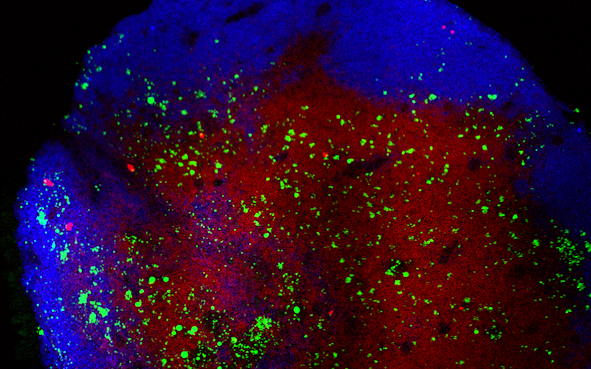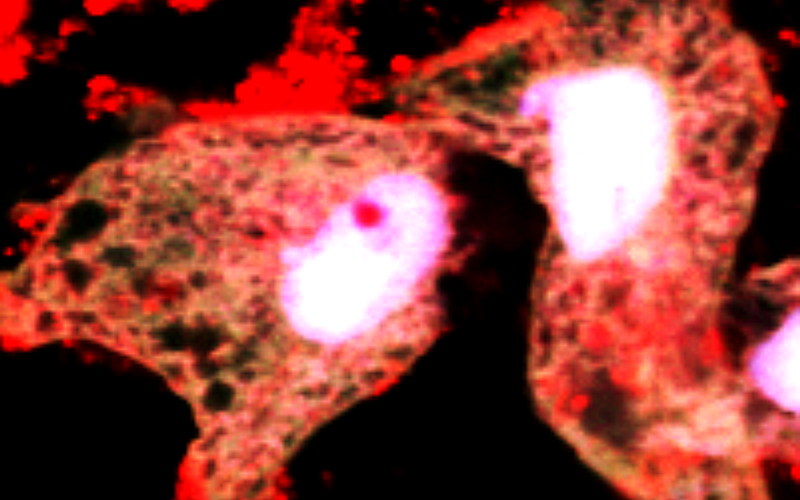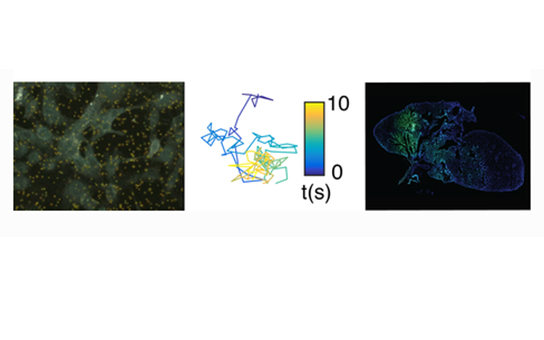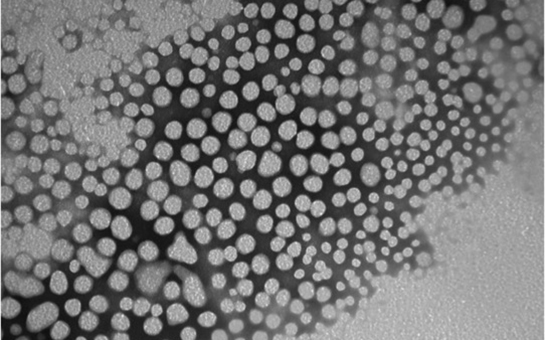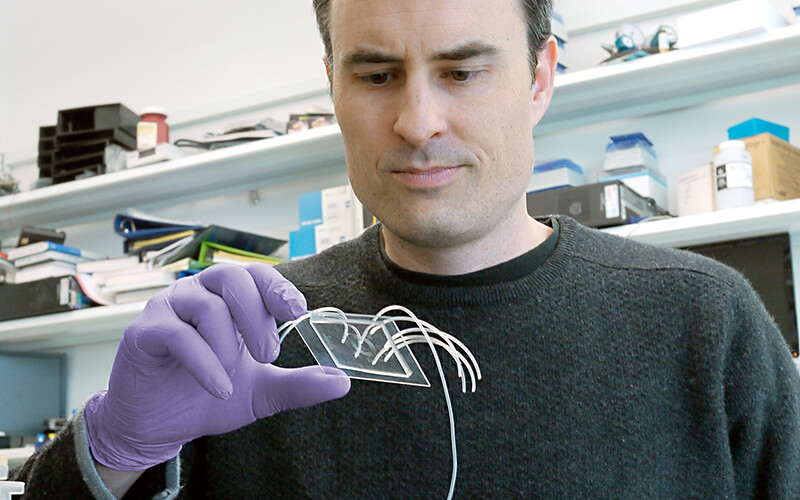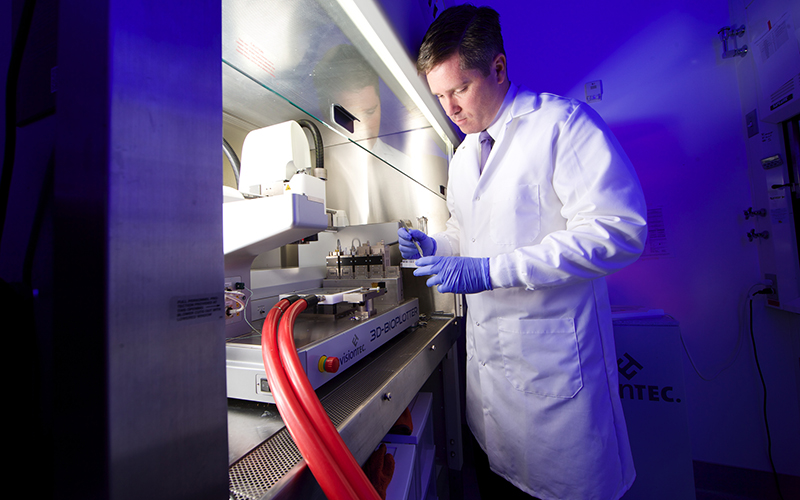Institutes, Centers & Labs
Institutes
Robert E. Fischell Institute for Biomedical Devices
Principal Investigator: William E. Bentley
Location: 5102 A. James Clark Hall
Centers
BioWorkshop
Center for Engineering Complex Tissues
Principal Investigator: John Fisher
Center of Excellence in Regulatory Science and Innovation
Edward and Jennifer St. John Center for Translational Engineering and Medicine
Rehabilitation Engineering Research Center (RERC RAH2)
Principal Investigator: Li-Qun Zhang
Labs
Bio-Imaging and Machine Vision Laboratory
Principal Investigator: Yang Tao
Location: 0508 Animal Science/ Agricultural Engineering Building
Biochip Collaborative
Principal Investigator: William E. Bentley, Reza Ghodssi, Gregory F. Payne, Gary Rubloff
Biomolecular and Metabolic Engineering Laboratories
Principal Investigator: William E. Bentley
Biomolecular Modeling Laboratory
Principal Investigator: Silvina Matysiak
Biotherapeutic Development and Delivery Laboratory
Principal Investigator: Steven Jay
Cell and Microenvironmental Engineering Lab
Principal Investigator: Kimberly Stroka
Cell Biophysics Laboratory
Principal Investigator: Helim Aranda-Espinoza
Eisenstein Group
Principal Investigator: Edward Eisenstein
Location: 9600 Gudelsky Drive, Rockville, MD 20850
Global Biomedical Devices Laboratory
Principal Investigator: Jenna Mueller
Human Performance Laboratory
Principal Investigator: Arthur T. Johnson
Location: 0534 Animal Science/Agricultural Engineering Building
Immune Engineering Laboratory
Principal Investigator: Christopher Jewell
Location: 5107 A. James Clark Hall
Model Analysis Laboratory
Multiscale Biomaterials Engineering Laboratory
Nanoscale Interfacial Biology and Engineering Laboratory
Principal Investigator: Gregg Duncan
Optical Therapeutics and Nanotechnology Lab
Principal Investigator: Huang Chiao Huang
Location: 4107 A. James Clark Hall
Optics Biotech Laboratory
Principal Investigator: Giuliano Scarcelli
Photonic Biosensors Laboratory
Principal Investigator: Ian White
Tissue Engineering and Biomaterials Laboratory
Principal Investigator: John Fisher
